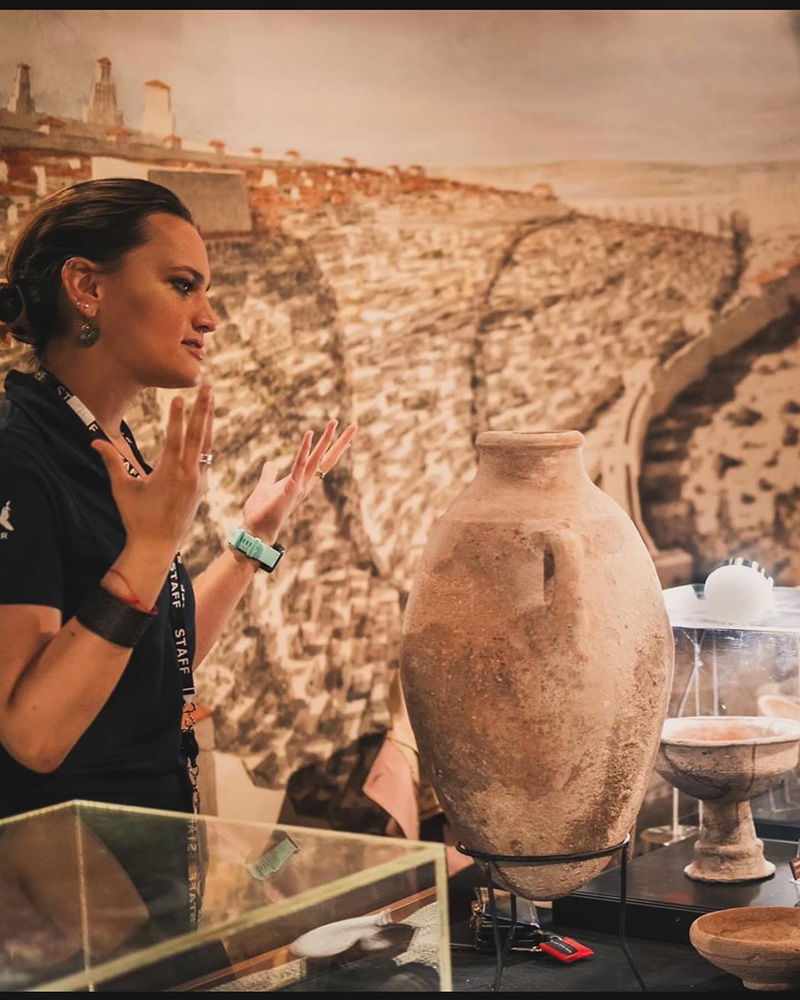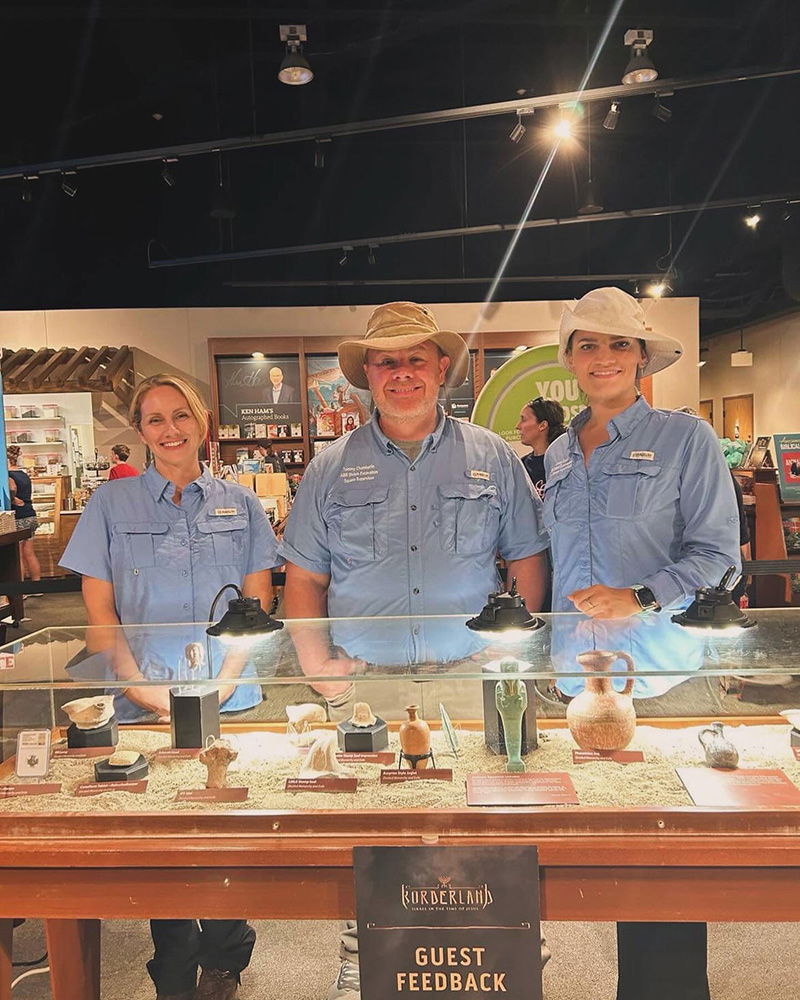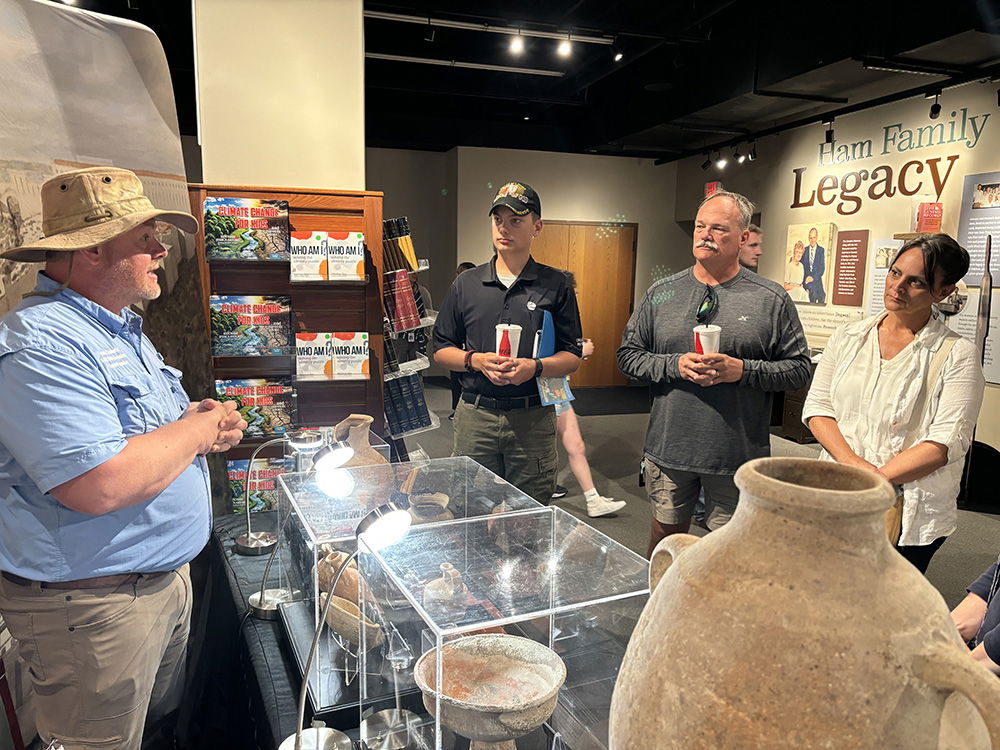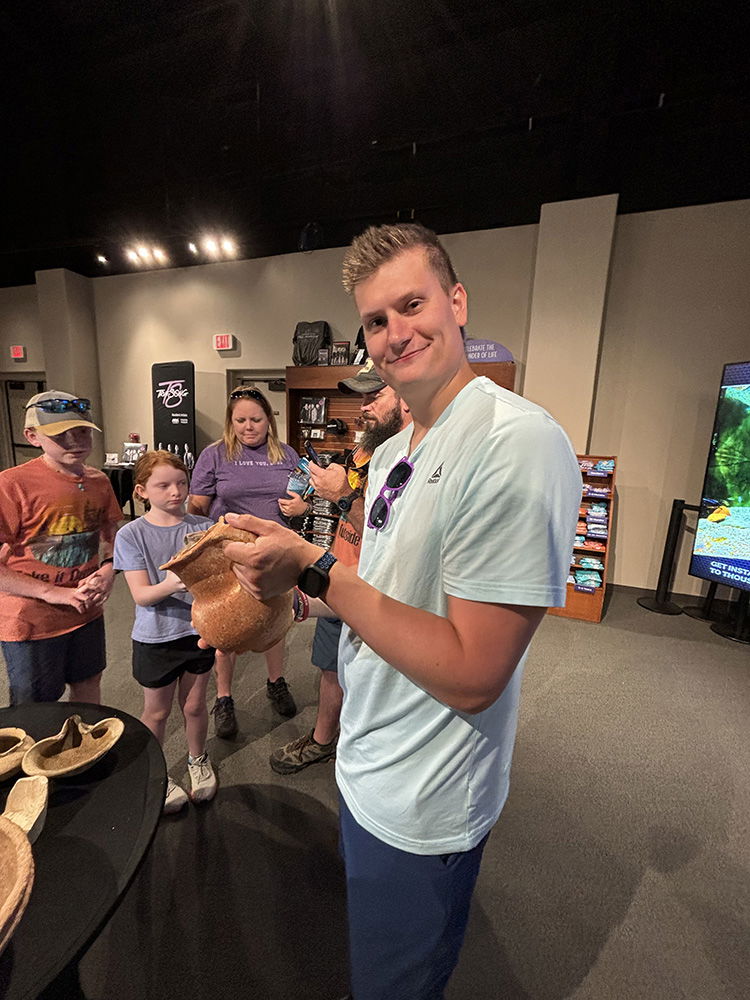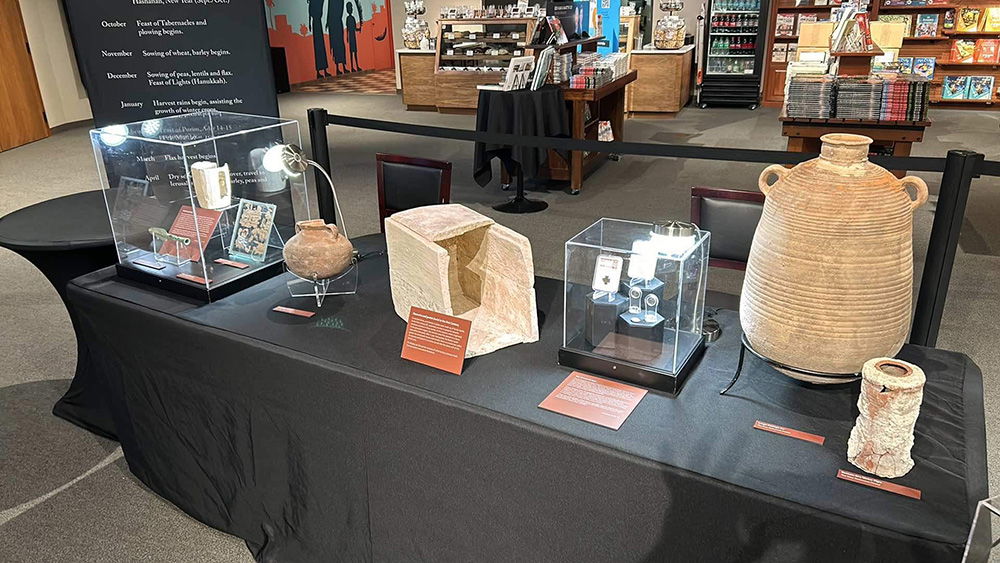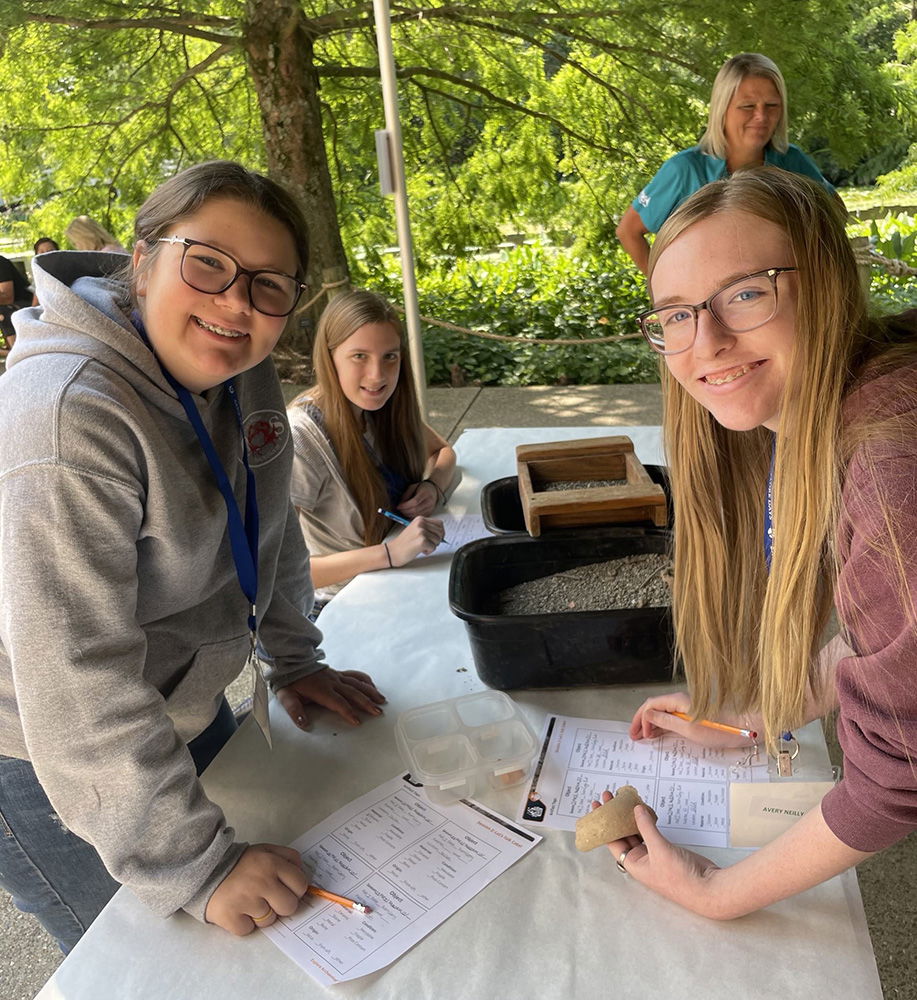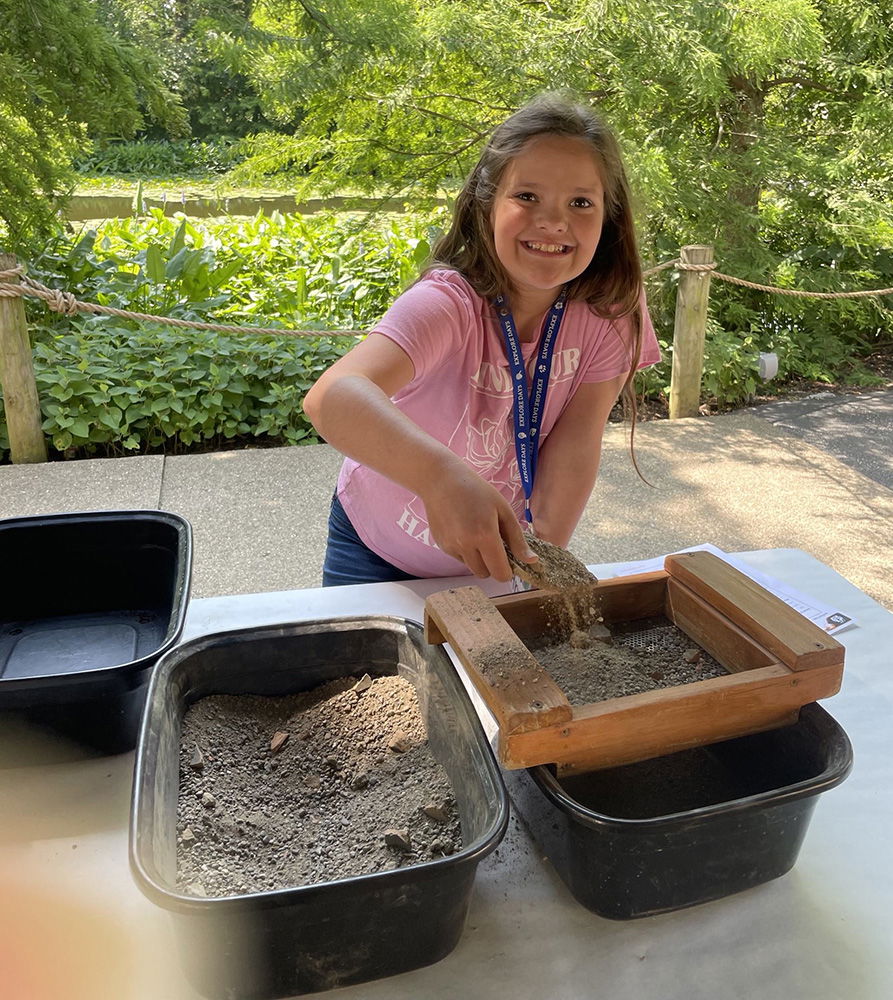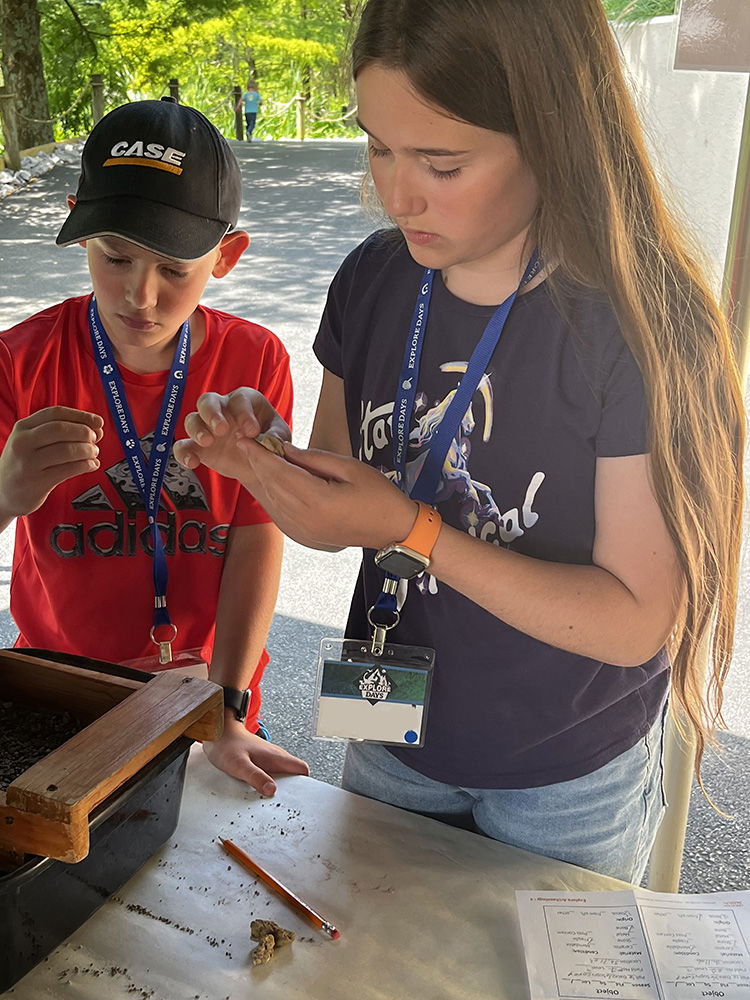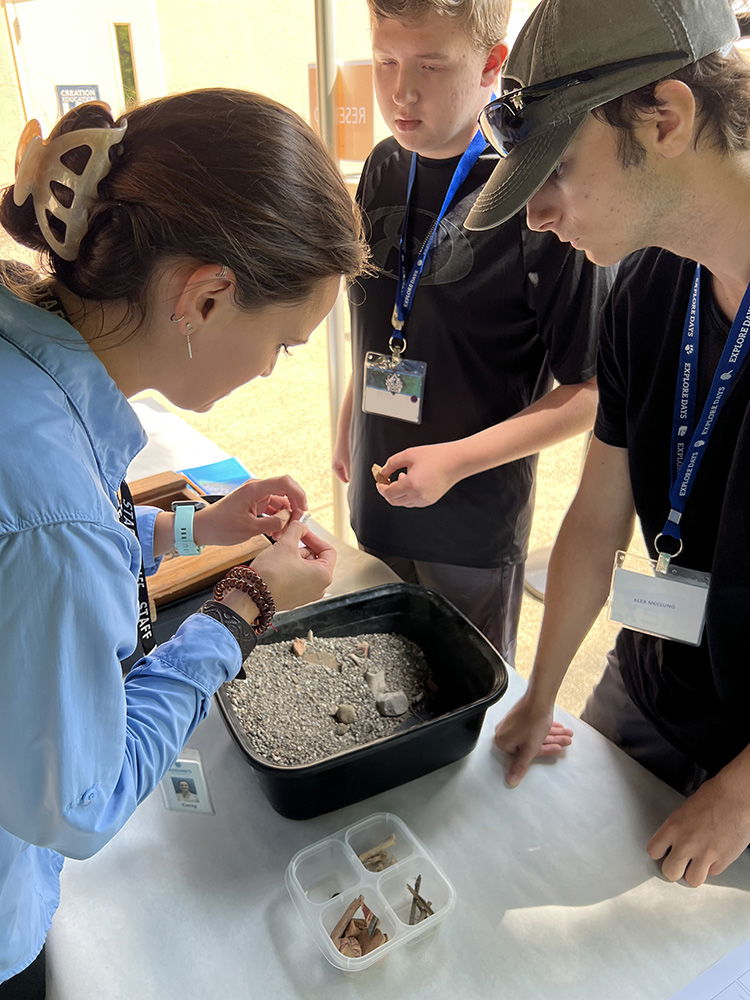Acts: God’s Word Reaches the World
by Creation Museum on February 27, 2025“You will be my witnesses in Jerusalem and in all Judea and Samaria, and to the end of the earth.” (Acts 1:8)
The book of Acts describes how God’s message, largely restricted to Israel for centuries, quickly filled the Roman Empire in the mid-first century AD. Jesus told his disciples that they would be his witnesses in Jerusalem, Judea, Samaria, and to the ends of the earth (Acts 1:8).
The gospel message started in Jerusalem, and through faithful men like Peter, John, and Paul, it spread throughout the empire, reaching even Rome itself.
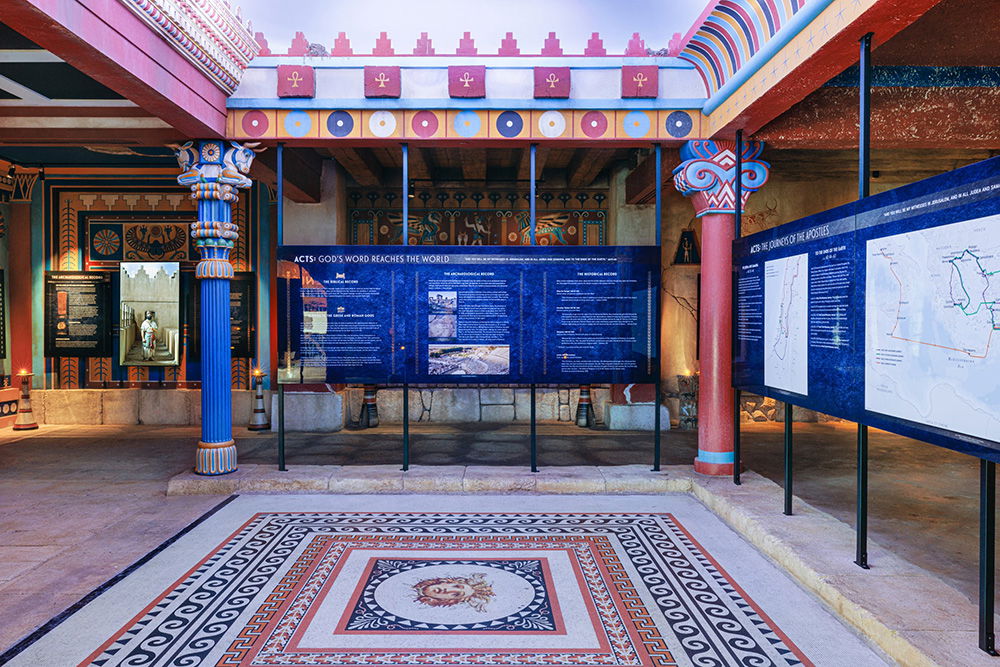
The Archaeological Record
Historical and archaeological discoveries have vindicated Luke, the author of Acts, as an exceptional historian who had clearly visited the places described in the book. For example, he accurately described geographical settings, cited specific land and sea routes, used proper titles for civic leaders in various places, and mentioned distinct customs in many locales.
Excavations in Lystra unearthed a first-century temple and multiple inscriptions citing Zeus and Hermes as the city’s most important gods, along with expectations that they would return to earth. This matches Luke’s description of the people’s reaction to Paul and Barnabas in Acts 14.
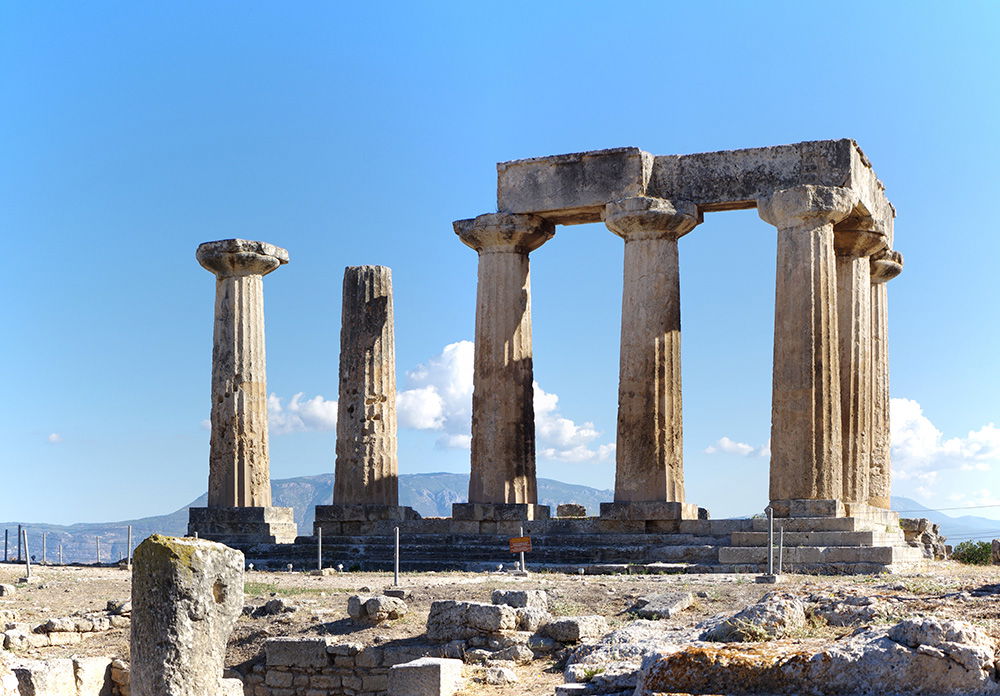
Ruins of the Temple of Apollo in Corinth. Image by Berthold Werner, via Wikimedia Commons. (CC BY-SA 3.0)
In Corinth, some Jews brought Paul before Gallio, the proconsul of Achaia. Digs at Corinth have uncovered the judgment seat where this event occurred, known in Greek as the bema (Acts 18:12–17). In 1905, archaeologists discovered a stone slab in Delphi, a city of ancient Achaia, bearing an inscription dated around AD 51–53, identifying Gallio as the proconsul of that region.
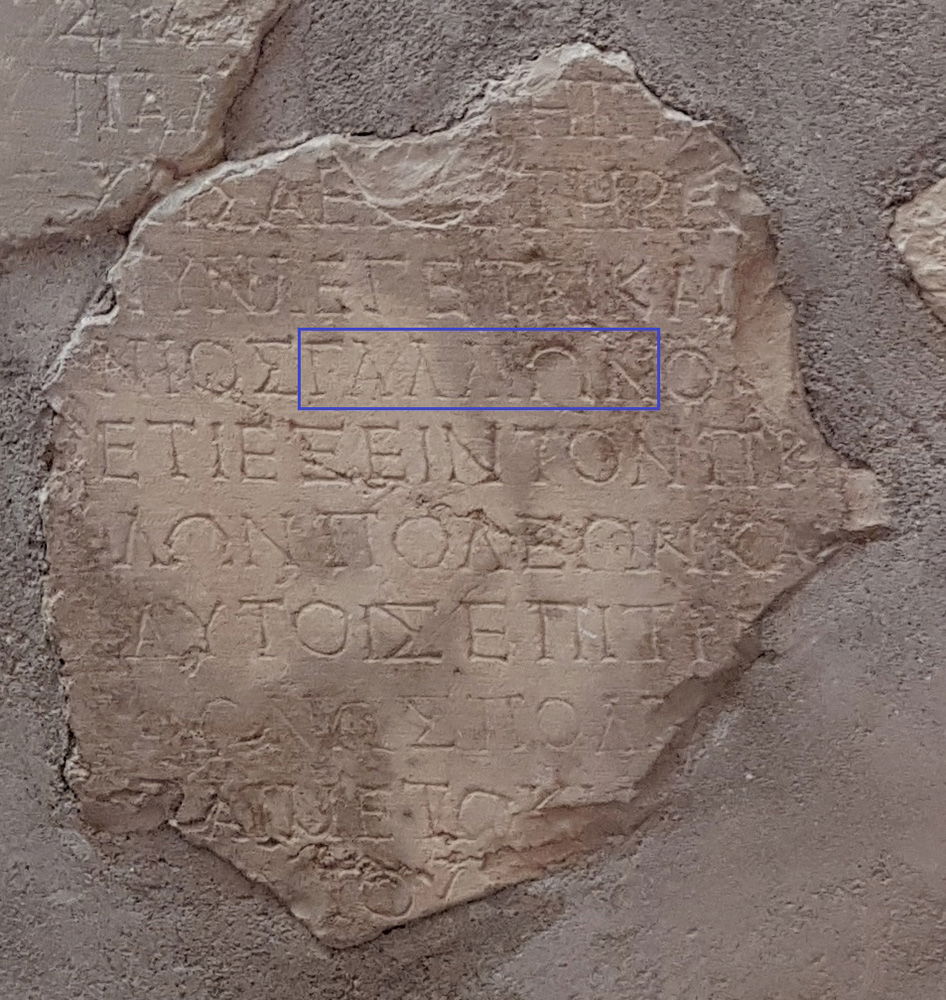
The Gallio Inscription. Image by Gérard, via Wikimedia Commons. (CC BY-SA 4.0)
Several finds from Ephesus corroborate the biblical account in Acts 19. Paul taught in the school of Tyrannus for two years (v. 9). A stone pillar from the first century AD bearing the name of Tyrannus has been found among the ruins. The large theater used by the rioters against Paul (v. 29) has been unearthed. The remains of the Temple of Artemis (v. 27) and an idol of Artemis (v. 26) have also been uncovered. The title of the region’s high-ranking officials, Asiarchs (v. 31), was discovered on a pillar in Miletus, 30 miles south of Ephesus.
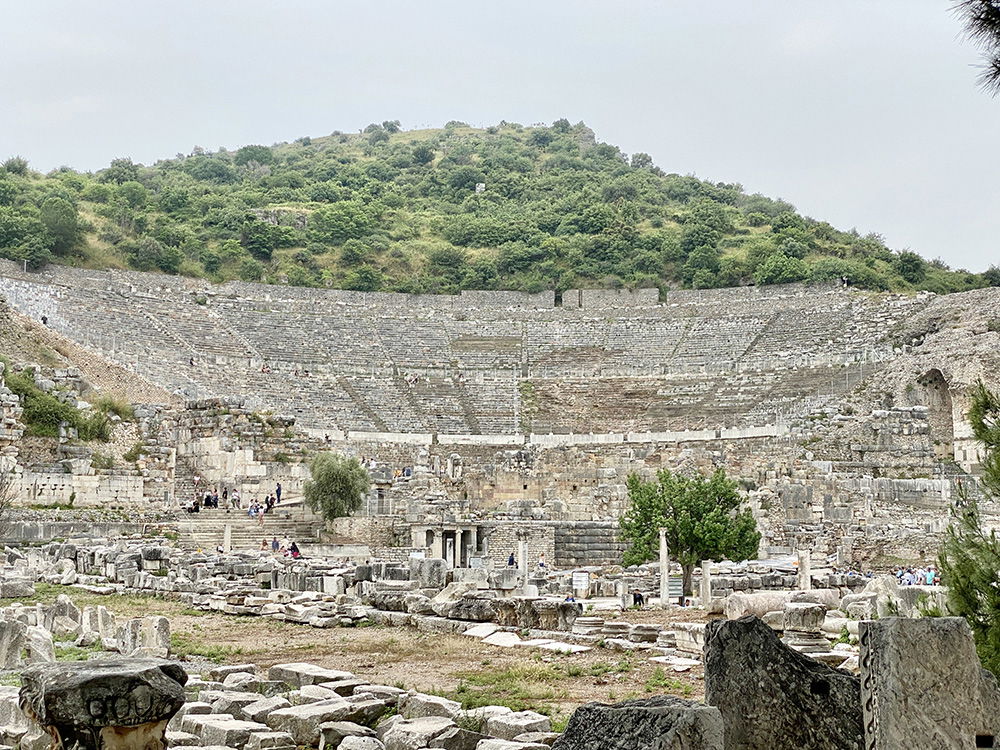
The Great Theatre of Ephesus. Image by Tm, via Wikimedia Commons. (CC BY-SA 2.0)
Archaeology Is Coming to the Creation Museum
Archaeology is coming to the Creation Museum!
Sponsored by Associates for Biblical Research, over 50 artifacts from the time of Abraham to Jesus will be displayed over Easter weekend, April 18–19, 2025. Touch and feel real history and learn from archaeologists and our featured speakers, who will present Easter-themed talks. This special family-friendly display and all presentations are included with your admission.
If your child is 11–18 years old and would like to dive even deeper into biblical archaeology, register them for our hands-on program, Explore Archaeology, which will take place on April 18, 2025. Spots are still available, but space is limited, so register your child today.
Guests absolutely love these engaging, interactive programs that help bring biblical history to life. Start planning your trip to the Creation Museum today, and take advantage of these opportunities to learn more about archaeology.
